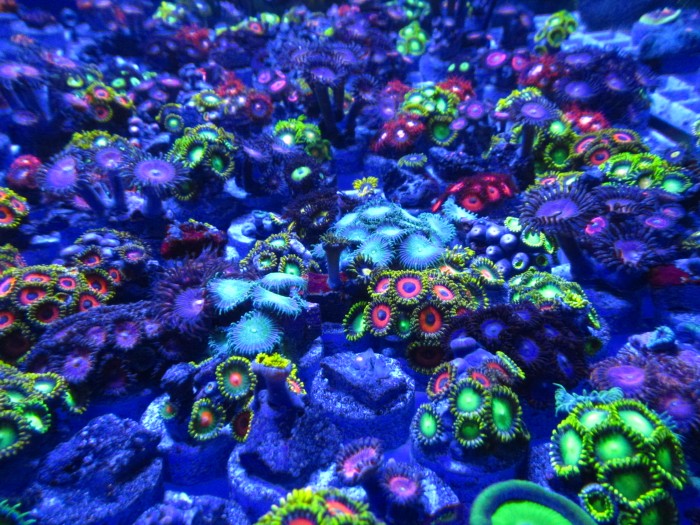- Joined
- Jan 15, 2020
- Messages
- 1,520
- Reaction score
- 1,511
And honestly, bacterial or viral infections combined with ugly cuts from sharp shells and skeletons and broken worm tubes are just as nasty if not more than palytoxin. Just be careful in general



















